A family event gave me the opportunity to spend a few vacation days in Bulgaria. As the very strong sun kept us further away from the beach, we decided on one of the days to visit the town of Nesebar, a short distance from Sveti Vlas, the resort where we spent our vacation. I didn't know what to expect, I didn't have any information about the small town on the Black Sea. I was to be greeted by a perfectly maintained medieval little town with very authentic old wooden houses, cobbled streets, defensive walls and many old churches. The Pearl of the Black Sea, as I later found out it is called, perfectly justifies its name, being truly a carefully and lovingly protected pearl.
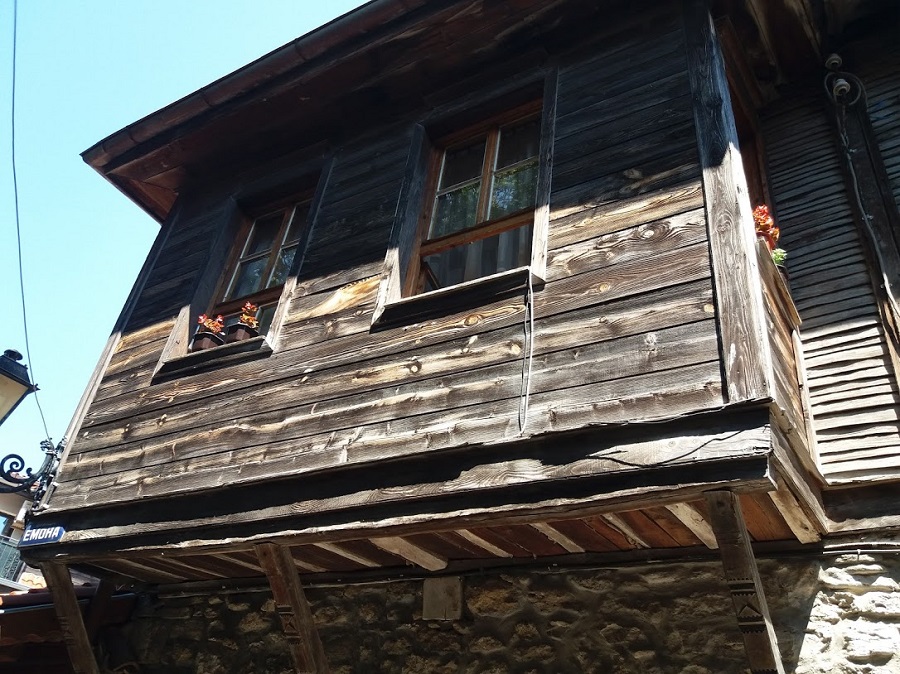
Just some information about Nesebar
You'll also find it in presentations as Neseber or Nesebur or spelled with a double "s". It's located in Burgas province, just 5 km from Sunny Beach, Bulgaria's largest and best-known Black Sea resort. It has two parts, the Old Town and the New Town, connected by a built isthmus, the Old Town being on an island.
The medieval-looking town is built on the ancient ruins of the Thracian settlement of Mesambria, with more than 3000 years of turbulent history behind it. It was ruled by the Greeks, Roman, Byzantine and Ottoman empires. Traces of their rule can still be seen in the ruins of the city walls, churches and wooden and stone houses. The present appearance of the town is medieval, having been rebuilt during the Renaissance. There are still more than 60 authentic houses from that period.
In 1983 Nesebar was declared a UNESCO monument and since then restoration work has begun. In addition to the old houses, new houses of identical appearance were built. The old town is a unified whole, with nothing to disturb its medieval image. All the modern-looking buildings are on the other side, in the new town. Over time the town has lost 1/3 of its entire area (it is now 32 km²) and is covered by water, the old city walls are still visible at a distance from the shore.
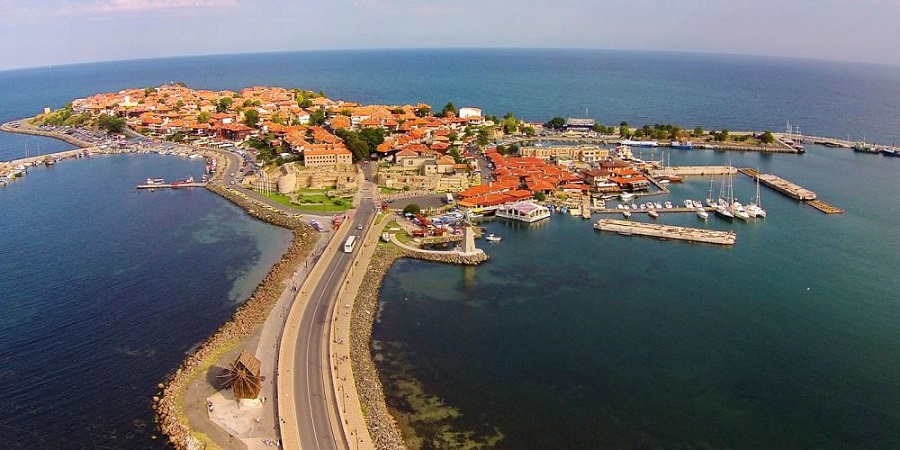
Old houses in Nesebar
The houses, although they look different, are all built in the same pattern - a stone ground floor with a wooden storey above. They have an authentic old look, although they are adapted to the new living conditions. The old town is inhabited and receives several times as many tourists each year as the total number of inhabitants (just over 13 000).
I looked carefully at houses that looked unchanged for hundreds of years and discovered, with great difficulty, new windows. Perfectly made, perfectly framed, without changing the overall look of the house. There are also visibly newer houses, which are no different from the architecture and general appearance of the old ones. Everything is so unified that you get the feeling that one person worked to build the whole town.
And imagine that most of these old wooden houses have shops, restaurants, hotels or small terraces at the back or on the sea side. Although it looks like a big open-air museum, the houses are permanently inhabited, the town has a bustling life which, thanks to the mild climate, lasts longer than in a normal seaside town (until October). Thousands of tourists visit it daily and others come for a wonderful stay, on beaches with the finest sand on the coast and restaurants with discreet, vine-covered terraces where you can see the sea.
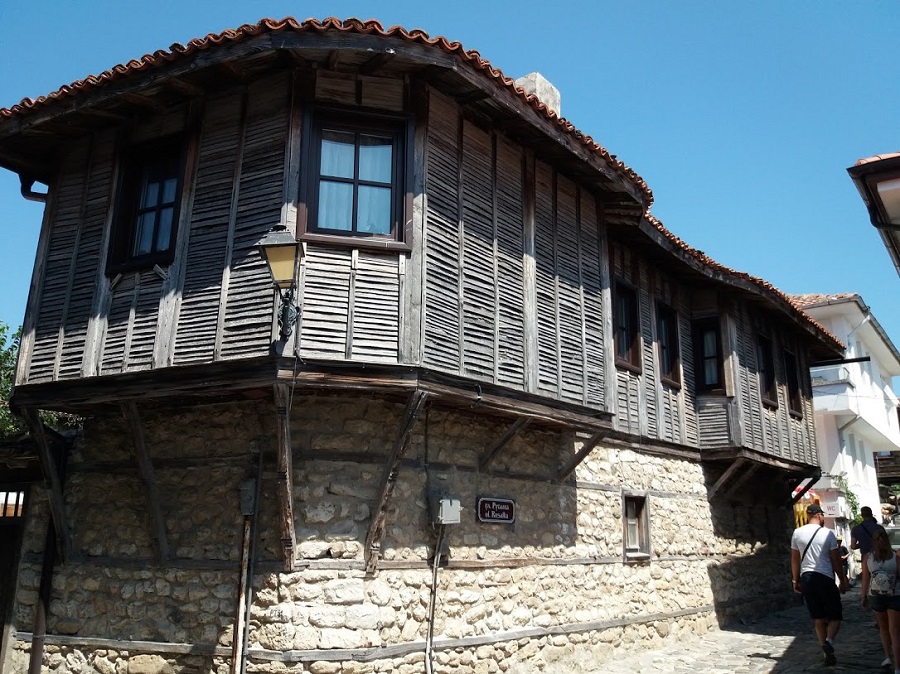
Accuracy of renovations
Walking through the alleys of Nesebar I smelled at one point the smell of wood oil. I looked around to discover the workshop where they worked with that oil. I realized later that it had been repaired wooden shutter. I realized this because it had that freshly oiled sheen.
I think I stood there for about 15 minutes to see if the wood was old and re-cut or the shutter had been completely redone. I'm not quite sure now, but I think it was rebuilt. The wood was burned, carefully sanded to give it structure and then colored to a light, reddish-yellow patina.
The shutter was fastened with a hook of wicker wire so it wouldn't open very much, and it had all the elements on it that took it back hundreds of years - nails, old locks, scratches. Seeing the way it had been restored made me understand why the Nesebar looks so authentic.

Our Bulgarian neighbors can teach us a lot
After 5 days spent on the Bulgarian seaside I realized that we have a lot to learn from our neighbors. From the old wooden houses, maintained and rebuilt so as not to alter the medieval air, to the invitation, made in Romanian, to eat a fish "too good, too much like the sea", from the green spaces maintained and the fir trees were greener than in the forest, to the perfect service received everywhere from friendly people, we could learn everything if we wanted to. The conditions are there, we just need some willpower.
And don't forget! If you come to Sveti Vlas, don't miss the Balkan restaurant. You will find many dishes worthy of a Masterchef cooked by Elena, one of our Romanian. We discovered the restaurant by chance and kept going because we liked the food. One evening, the waiter told us that the chef was from Romania. We congratulated him on his cooking, he came to say hello and that's how we became friends. I praised the fish soup, which reminded me of the Deltă and he told me that that was his inspiration. If you're in the area, go to Balkan, you'll be surprised how good the food is.
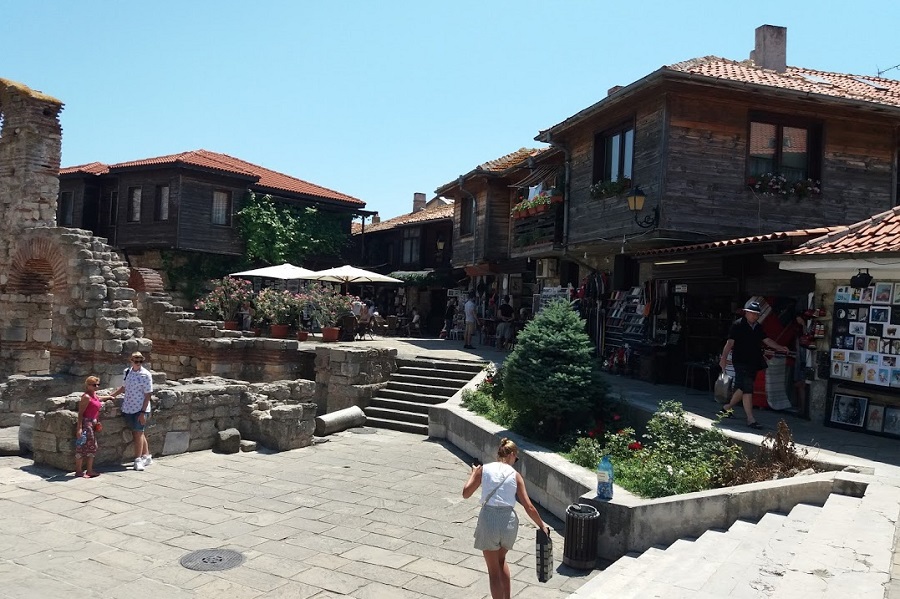
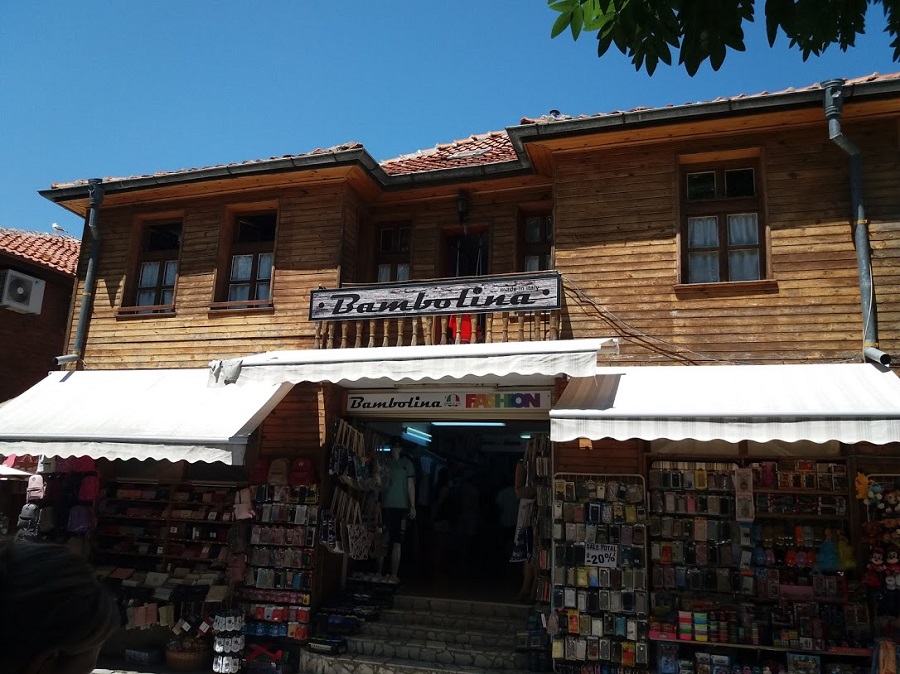
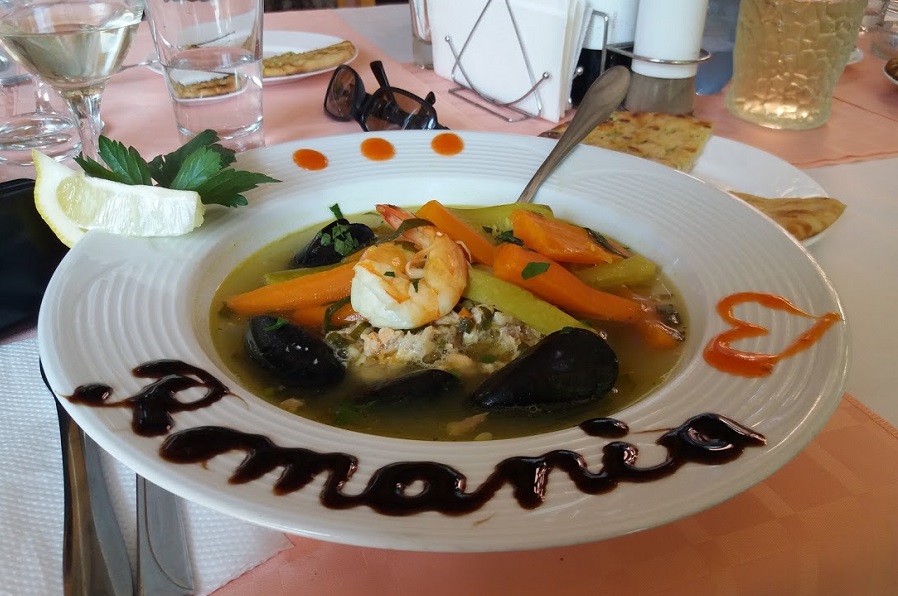


























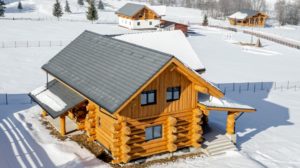
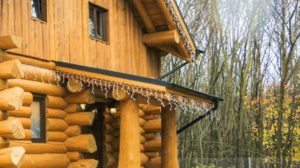

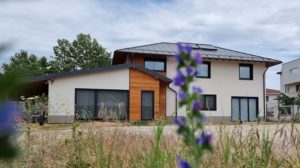
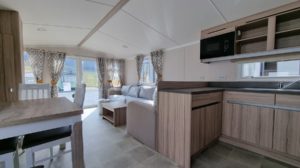
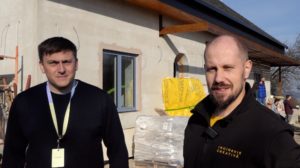
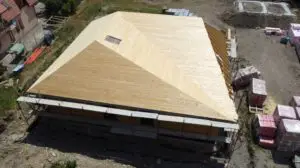



SUPERB. thanks for the article and content !!!
With love!
And I thank you for following us.